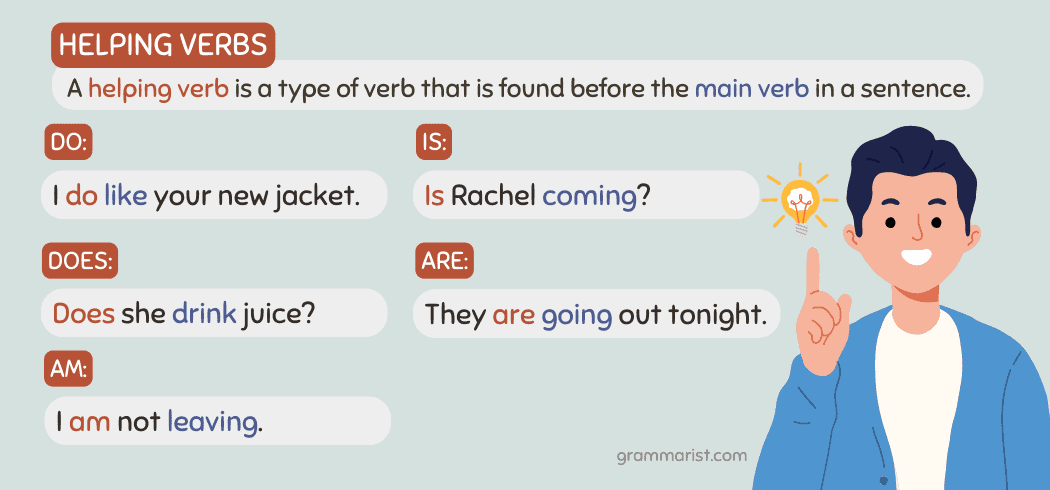Essential Guidance: When and How Food Handlers Must Wear Single-Use Gloves
Introduction: The Critical Role of Single-Use Gloves in Food Safety
Ensuring the safety of food served to customers is a fundamental responsibility for every food handler. Among the most important practices is the correct use of single-use gloves . Gloves act as a physical barrier between hands and food, reducing the risk of contamination by pathogens and allergens. However, gloves must be used thoughtfully and in compliance with food safety regulations to achieve their intended purpose. [2]
When Must Food Handlers Wear Single-Use Gloves?
According to food safety experts and regulatory guidelines, single-use gloves are mandatory when handling ready-to-eat foods . Ready-to-eat foods are those that require no further cooking or preparation before service, such as salads, sandwiches, baked goods, and cut fruits. [1] The FDA and food safety agencies require food handlers to wear gloves to prevent bare hand contact with these foods, protecting consumers from illness-causing microorganisms. [2]

Source: wallpapers.com
Other scenarios when single-use gloves must be worn include:
- Handling cooked foods that will not be cooked further
- Performing a single, continuous task involving food contact
- Covering injuries (such as cuts or sores) on hands while handling food
- Switching from handling raw meats to ready-to-eat foods
Importantly, gloves should not be used as a substitute for handwashing . Food handlers must always wash their hands before putting on gloves and after removing them. [3]
How to Use Single-Use Gloves Correctly
Proper use of gloves is essential for maintaining food safety. Gloves can become contaminated just like bare hands, especially if used incorrectly. Here are the key steps for safe glove use:

Source: vogue.com
- Wash Hands Thoroughly : Before donning gloves, wash hands with soap and water for at least 20 seconds. Handwashing removes up to 92% of pathogens. [2]
- Select Food-Grade Gloves : Only use gloves labeled as safe for food contact. The FDA sets requirements for glove manufacturers to ensure they are free from contaminants. [2]
- Put Gloves On Properly : Avoid touching the outside of the glove with bare hands. Hold gloves by the cuff and slide them on carefully.
- Change Gloves Frequently : Replace gloves every 2-4 hours of continuous use or immediately if they become torn, soiled, or contaminated. [1] Change gloves between different tasks or when switching between raw and ready-to-eat foods. [3]
- Dispose of Gloves Safely : After use, remove gloves carefully to avoid contaminating hands. Dispose of them in a dedicated trash bin and wash hands again.
Examples of Correct Glove Use
Consider a food handler preparing sandwiches in a deli. They must wear gloves while assembling the sandwiches, especially after handling raw ingredients. If they then move to preparing salads, they must change gloves to prevent cross-contamination. If interrupted by a phone call or tasked with cleaning counters, gloves should be removed, hands washed, and new gloves worn before returning to food handling. [4]
Another scenario involves a worker in a bakery decorating cakes. Gloves are required during decoration and packaging, as these products are ready-to-eat. If the worker switches to cleaning utensils or handling raw dough, gloves must be changed. [2]
Challenges and Solutions in Implementing Glove Protocols
Despite clear guidelines, some challenges persist in glove use:
- Overuse or misuse of gloves : Prolonged use can lead to bacterial growth inside gloves due to hand sweat. Ensure gloves are changed regularly, even if they appear intact. [1]
- Poor hand hygiene : Gloves are not a substitute for handwashing. Reinforce training to ensure handwashing before and after glove use. [2]
- Cross-contamination risk : Changing tasks without changing gloves is a common mistake. Implement strict protocols for glove changes between tasks. [4]
- Improper disposal : Gloves must be disposed of in dedicated trash bins to prevent environmental contamination.
Solutions include regular staff training, clear signage, and routine supervision. Operators should provide adequate supplies of gloves and establish easy access to handwashing stations.
Step-by-Step Instructions for Food Handlers
For those seeking to implement or enhance glove protocols, follow these actionable steps:
- Review current glove use policies with all staff members.
- Train employees on when to wear gloves: strictly when handling ready-to-eat foods and between different food types.
- Provide FDA-approved, food-grade gloves in appropriate sizes. [2]
- Install visible reminders for handwashing and glove changing frequency.
- Monitor glove use compliance through regular audits and supervision.
- Encourage staff to speak up if glove supplies are running low or if protocols are unclear.
- If unsure about regulations, contact your local health department or search for food safety guidelines from the FDA or CDC. [5]
Alternative Approaches to Glove Use
Some food establishments use utensils (tongs, spatulas) as an alternative to gloves for handling ready-to-eat foods. While this can reduce direct hand contact, gloves are still required in many cases by law or regulation. Always verify local requirements and train staff accordingly. [2]
Key Takeaways for Food Safety
Gloves are a critical part of food safety, but only when used correctly. Food handlers must:
- Wear single-use gloves when handling ready-to-eat foods
- Wash hands before and after glove use
- Change gloves between tasks and every 2-4 hours of continuous use
- Dispose of gloves properly after each use
- Seek guidance from official agencies for updated regulations
For further information, food handlers and managers are encouraged to consult their local health department or the official websites of the FDA and CDC for the most current food safety guidelines.
References
- FoodDocs (2024). When Are Food Workers Required to Wear Gloves?
- University of Minnesota Extension (2025). Wearing single-use disposable gloves safely.
- National Restaurant Association (2021). Get a handle on disposable gloves: Protect yourself and your guests.
- Trust20 (2025). Food Safety Best Practices: When Do I Need to Change My Gloves?
- CDC (2024). Food Safety.
MORE FROM eboxgo.com













